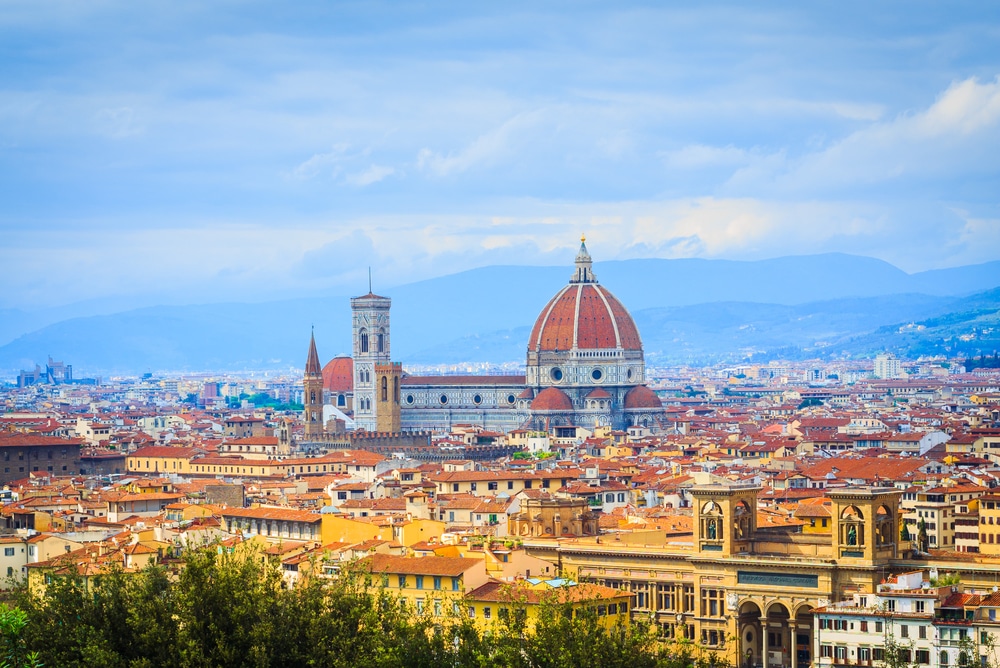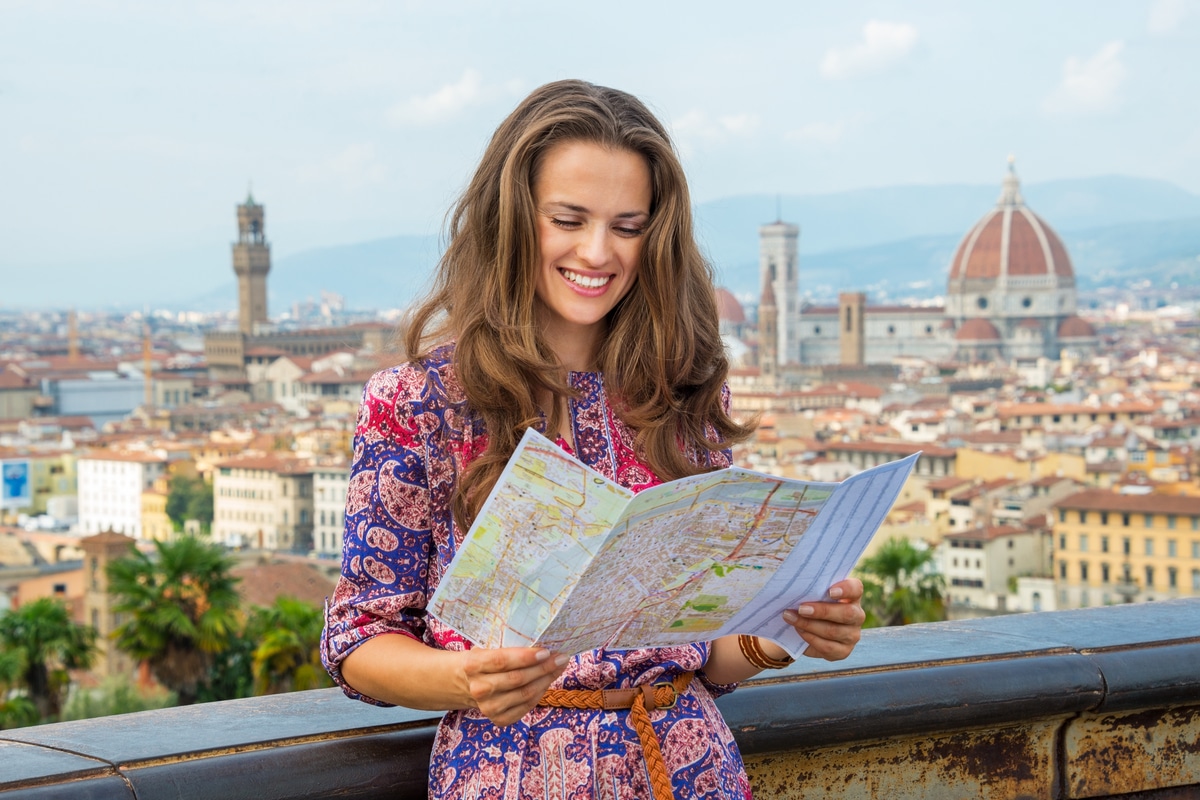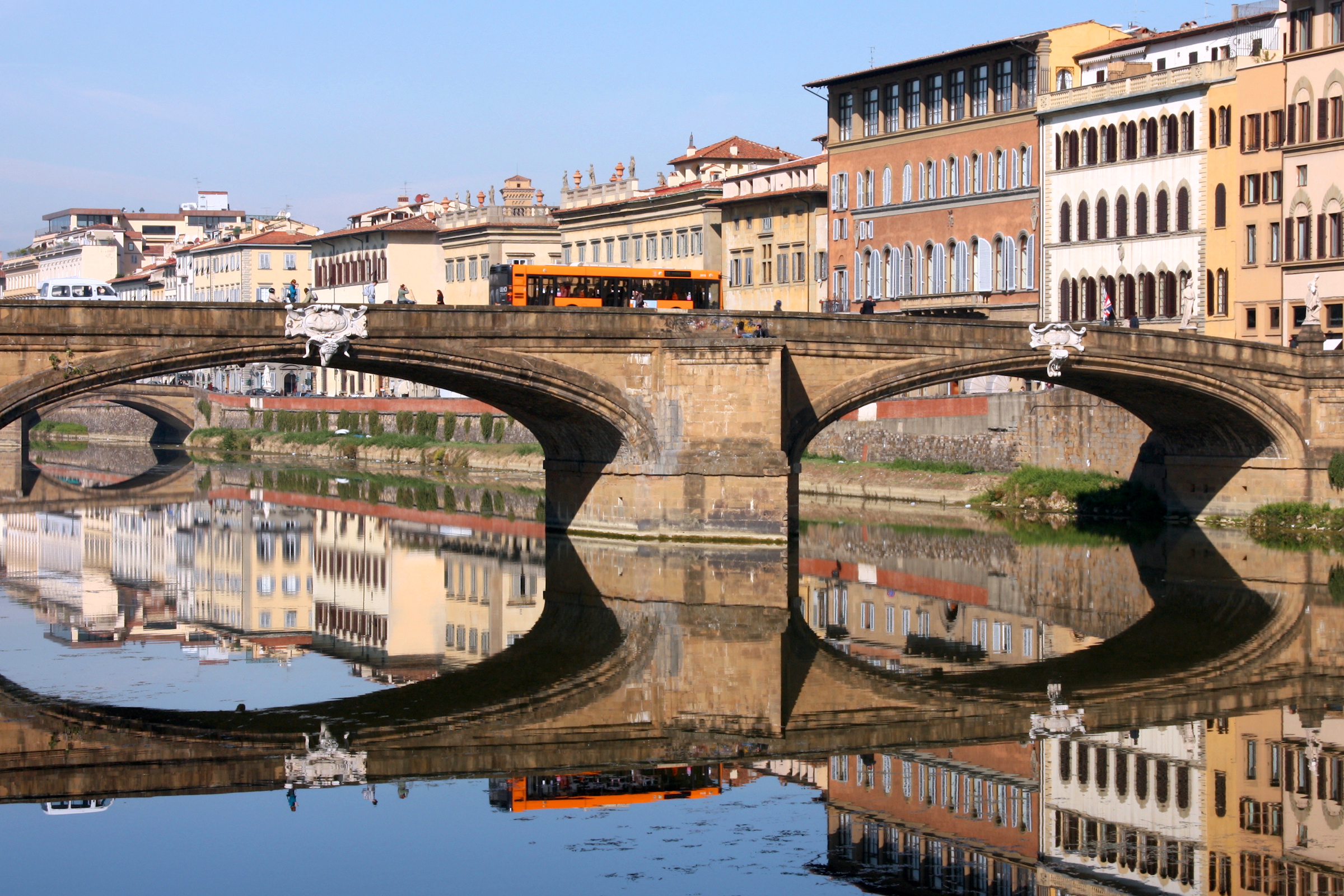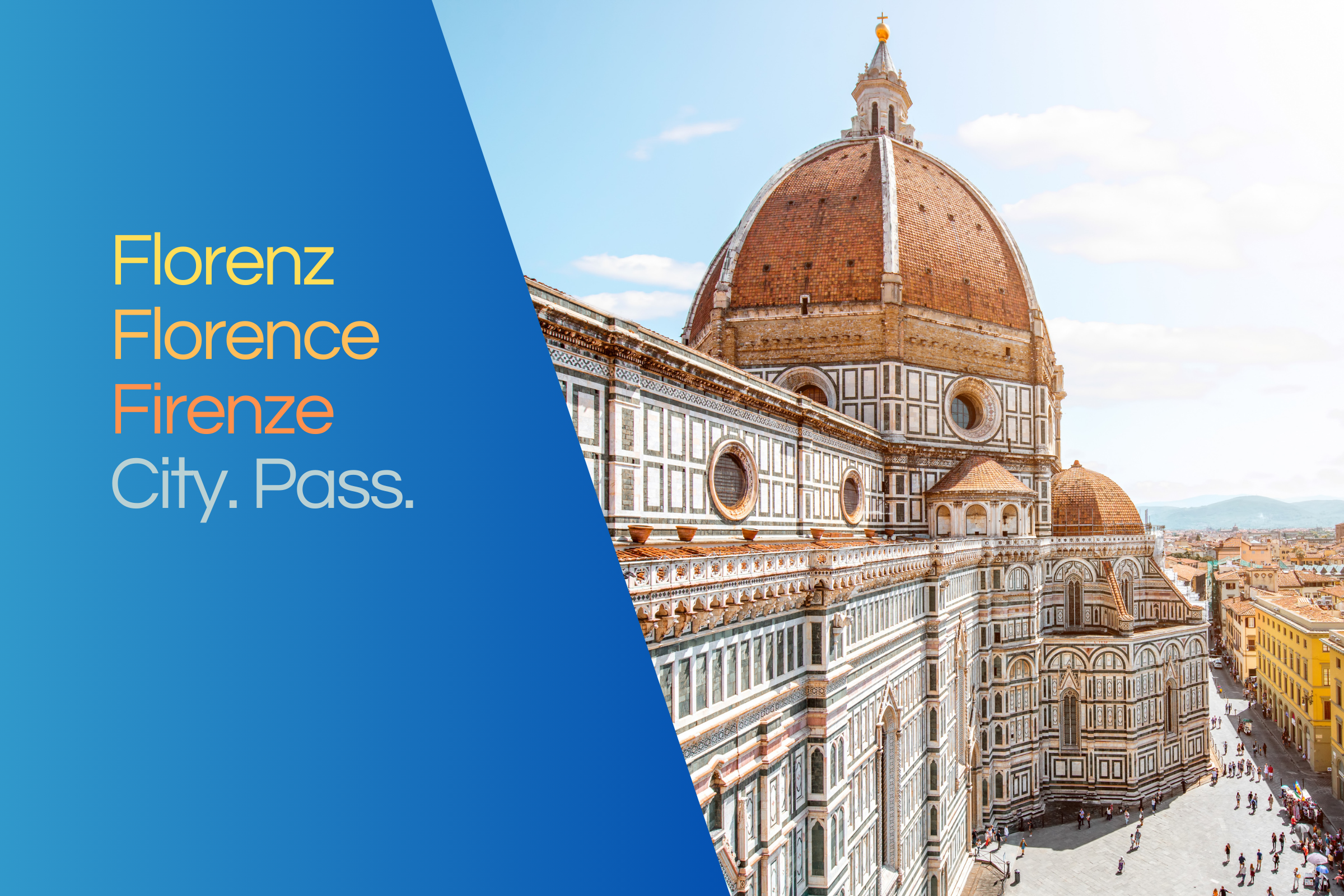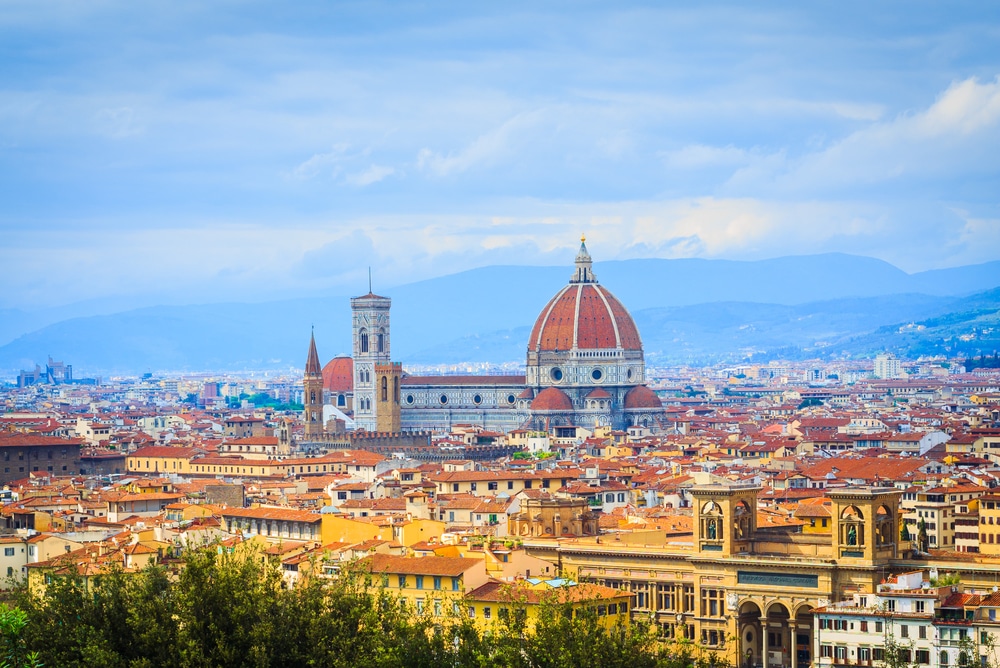Boboli Garden
This beauty amidst the baroque evidence of a great history is ephemeral, but it sprouts the fresh green of a new beginning every spring. This is a very special gem among the sights of the city of Florence - the Boboli Garden in the shadow of the austere walls of Palazzo Pitti.
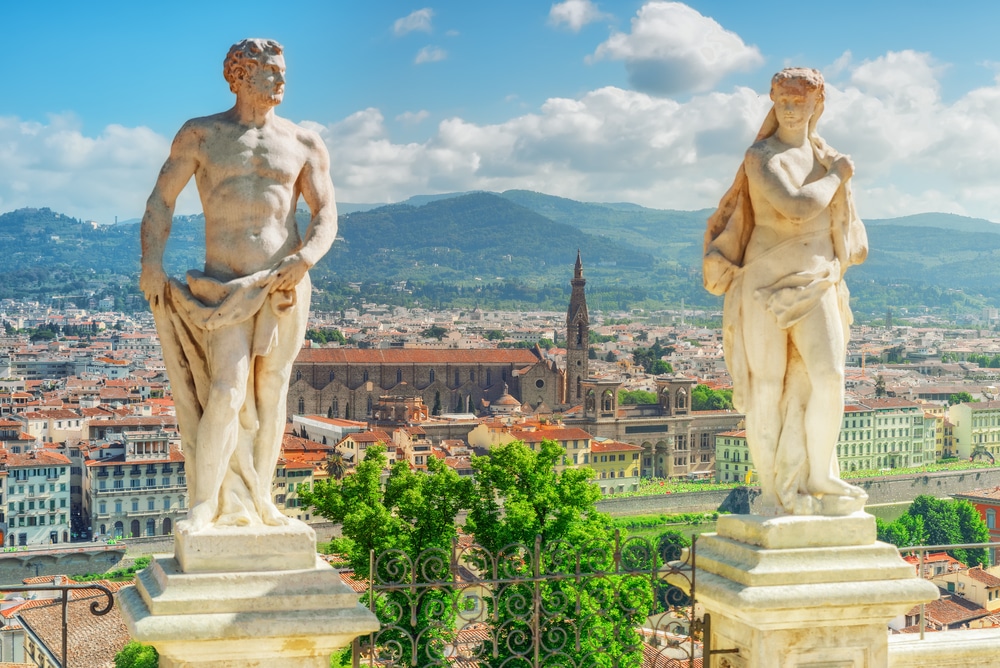
If the trees in this park could speak, they would probably tell of the time when Eleonora di Toledo, wife of Cosimo de Medici, commissioned the best landscape architects of the time to design the area behind the defiant palazzo in 1549. After only a few years, a prime example of a Renaissance garden of the Italian style was created there.
A garden with 32,000 square metres
Some things have survived the centuries, and as always the park "Giardino di Boboli" rises gently up to the Palazzo and extends with its 32,000 square metres pretty much in the direction of the Porta Romana. The first plans for the park were drawn up in the think tank of the architect Niccolò Tribolo, before Giorgio Vasari and Bartolomeo Ammannati took on the task after his death. The offspring of the Medici family, who built churches and convents, palazzos and patrician houses in Florence and had a great influence on the society of their city and the Tuscan region, obviously felt great sympathy for the Boboli Garden on the outskirts of Florence. And when the splendour of the Medici faded because no successor could be found, the Lorraines continued their work.
The Grotto of the Buontalenti
Paths and woods, grottos, ponds and sculptures. They all characterize this perhaps most charming spot of the interesting city on the banks of the Arno. Whoever visits this little wonder of nature will see in the garden something like an open-air museum of culture, packed with the works of great masters. Thus, in the so-called amphitheatre, as well as in the three adjoining grottoes, the walker stands abruptly before the sculpture "Venere uscente dal bagno". It is the famous "Venus after the bath" by Giambologna. This grotto was named after Bernardo Buontalenti, who as a 16-year-old lost his relatives in a flood and was taken in by Cosimo I.. He later became an imaginative Renaissance architect and an inventive mind. Buontalenti also designed sets and costumes for the Teatro Mediceo of the Uffizi.
An obelisk from Heliopolis
Duke Cosimo I, like many nobles of his time, had a court jester. His name was Pietro Barbino, and a statue was dedicated to him in the garden of Boboli. It shows him at the fountain of Bacchus in the figure of a Roman god of wine. The amphitheatre rises on the spot where there was a quarry before this park was laid out. It supplied the rough blocks for the façade of the Palazzo Pitti. Also in the amphitheatre there are numerous statues and as the centre of the complex an Egyptian obelisk. This originally stood in Heliopolis and was erected by Pharaoh Ramses II in honour of the god of creation. Like many other obelisks, it was transported to Florence via Rome.
A pavilion in the style of the rococo
A photogenic motive in the garden Boboli is the picturesque pavilion that was designed in the style of the rococo. The so-called "coffee house" with a fountain, which was modelled on the Greek hero Ganymede, was built in 1775. Those who are interested in the variety of porcelain will like the small museum that is housed in a house at the edge of the knight's garden. The planners obviously ran out of ideas in the western part of the extensive garden, because it consists almost exclusively of a forest, through which a wide avenue leads. At its end spreads a small lake, the Isolotto. The Oceanus Fountain is the work of Giambologna, originally from Flanders, who also made a name for himself as Jean de Boulogne and was one of the most important court sculptors of the Medici.
